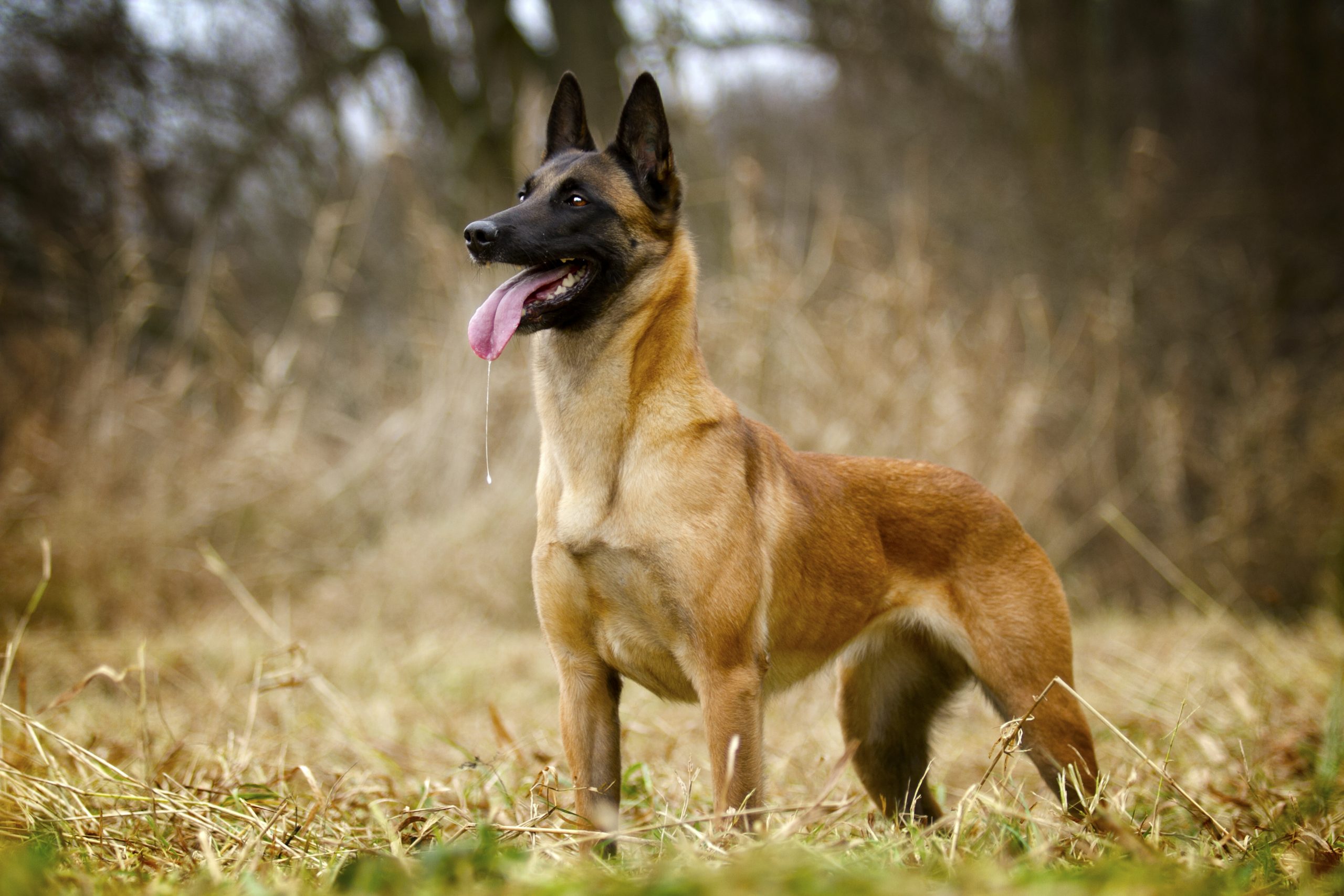Some dogs possess an innate knack for escapades and adventures, often leading them to become adept escape artists. This behavior can be attributed to various factors such as breed-specific traits, a high level of intelligence, a strong prey drive, or simply a desire for exploration. While all dogs might try to escape under the right circumstances, certain breeds are notorious for their Houdini-like abilities to slip away from seemingly secure spaces. Understanding these breeds is crucial for owners to ensure proper containment and safety measures. This article delves into ten dog breeds known for their escape artist tendencies, exploring the reasons behind their skillful escapes and offering insights into their adventurous spirits.
1. Siberian Husky
Siberian Huskies are perhaps one of the most well-known escape artists in the canine world. Originally bred for pulling sleds across vast, snowy expanses, they possess a strong instinct for roaming. Huskies are incredibly intelligent and curious, often leading them to explore beyond their boundaries. Their agility and strength enable them to jump high fences, while their cunning can help them figure out latches and gates. Huskies are also known for their digging abilities, often tunneling their way out of enclosed spaces. For Husky owners, ensuring a secure and escape-proof environment is essential to keep these adventurous dogs safe.
2. Beagle
Beagles, with their strong sense of smell and tracking instincts, are natural escape artists. Originally bred for hunting, they often follow their noses, which can lead them into trouble. Beagles are known to dig under fences or sneak through small gaps in pursuit of an interesting scent. Their small size and agility make it easier for them to find and exploit weak spots in fences or barriers. Owners need to be vigilant in securing their yards and ensuring there are no escape routes for these curious and determined hounds.

3. Jack Russell Terrier
Jack Russell Terriers are small but incredibly energetic and intelligent, traits that contribute to their escape artist tendencies. Originally bred for fox hunting, their strong prey drive and determination can drive them to find ways to escape. Jack Russells are known for their digging prowess and ability to squeeze through small spaces. They are also quite adept at climbing, which can surprise many owners. Ensuring a secure and Jack Russell-proof yard is crucial, as these little terriers can be persistent in their escape attempts.

4. German Shepherd
German Shepherds are highly intelligent and resourceful dogs, qualities that can make them skilled escape artists. Their intelligence means they can work out how to open gates or doors, and their athletic build allows them to jump over or climb fences. German Shepherds are often motivated by a strong protective instinct or the desire to explore or chase. Owners need to provide not only physical containment but also mental stimulation to prevent boredom and the resulting escape attempts.
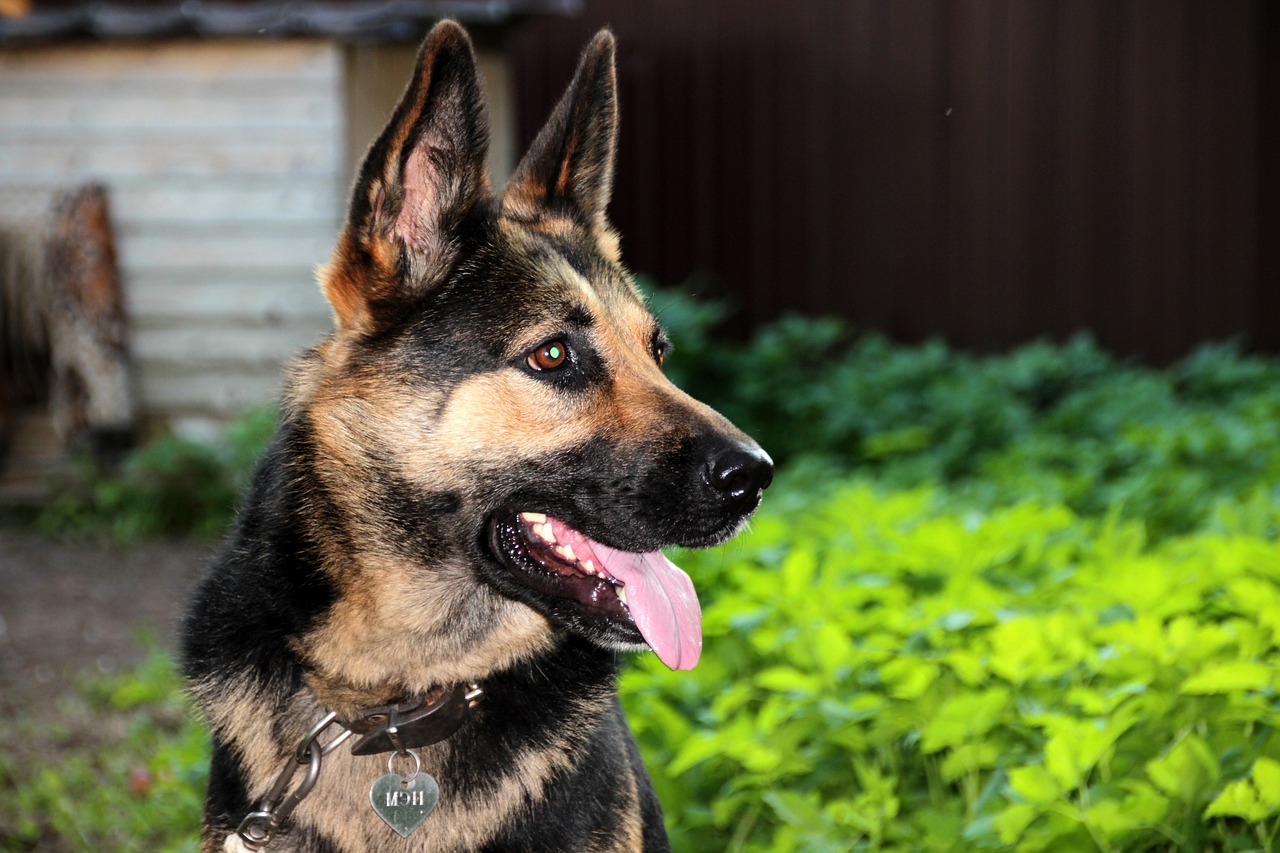
5. Border Collie
Border Collies are renowned for their intelligence and problem-solving abilities, which can sometimes lead to escapism. Bred as herding dogs, they have a natural desire to roam and work. If left unstimulated or confined, Border Collies may resort to escaping as a form of entertainment or to release pent-up energy. They are skilled at opening latches, digging, and even climbing over obstacles. Providing adequate physical exercise and mental challenges is key to keeping a Border Collie content and less prone to escaping.

6. Australian Shepherd
Australian Shepherds are another herding breed with a propensity for escaping. They are highly intelligent, agile, and often seek adventure. Aussies may attempt to escape if they are bored, under-exercised, or if they sense something exciting beyond their confines. Their agility and smarts can lead them to exploit weaknesses in fencing or containment. Australian Shepherd owners need to ensure robust physical and mental stimulation and secure boundaries to keep these active dogs safely contained.
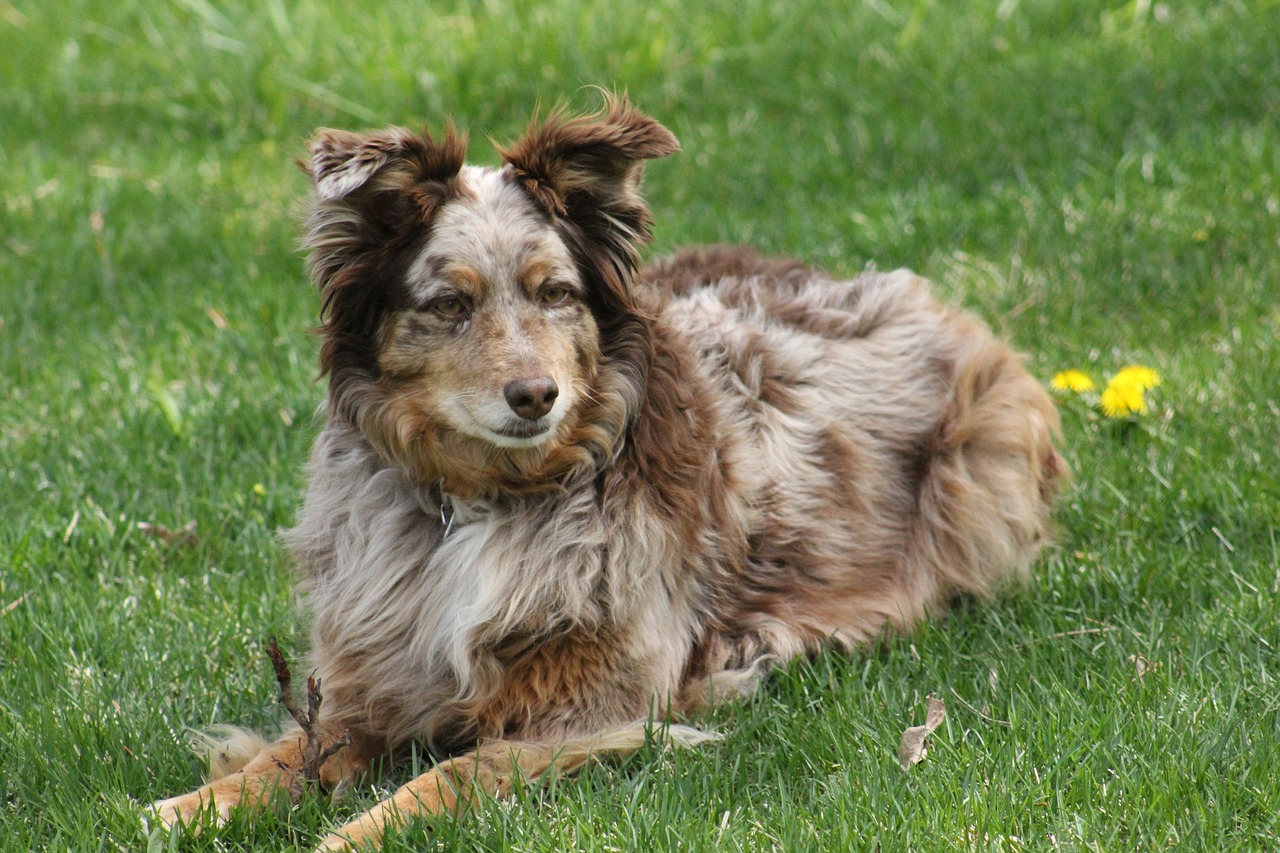
7. Greyhound
Greyhounds are known for their incredible speed and strong chase instincts. If a Greyhound spots something interesting, its instinct to chase can kick in, leading to escape attempts. Their speed can make it difficult to catch them once they’re on the run. Greyhounds can jump surprisingly high and may take advantage of any opportunity to pursue perceived prey. A secure, high fence and close supervision during outdoor time are essential for keeping a Greyhound safe and contained.

8. Labrador Retriever
Labrador Retrievers are often underestimated when it comes to their ability to escape. While they are typically known for their friendly and loyal nature, Labs can be quite clever and resourceful. Their motivation for escaping often stems from boredom, the scent of food, or the desire for social interaction. Labs can learn to open gates, and their strong bodies enable them to push through weaker barriers. Ensuring that a Labrador is well-exercised, mentally stimulated, and in a secure area is key to preventing escape attempts.
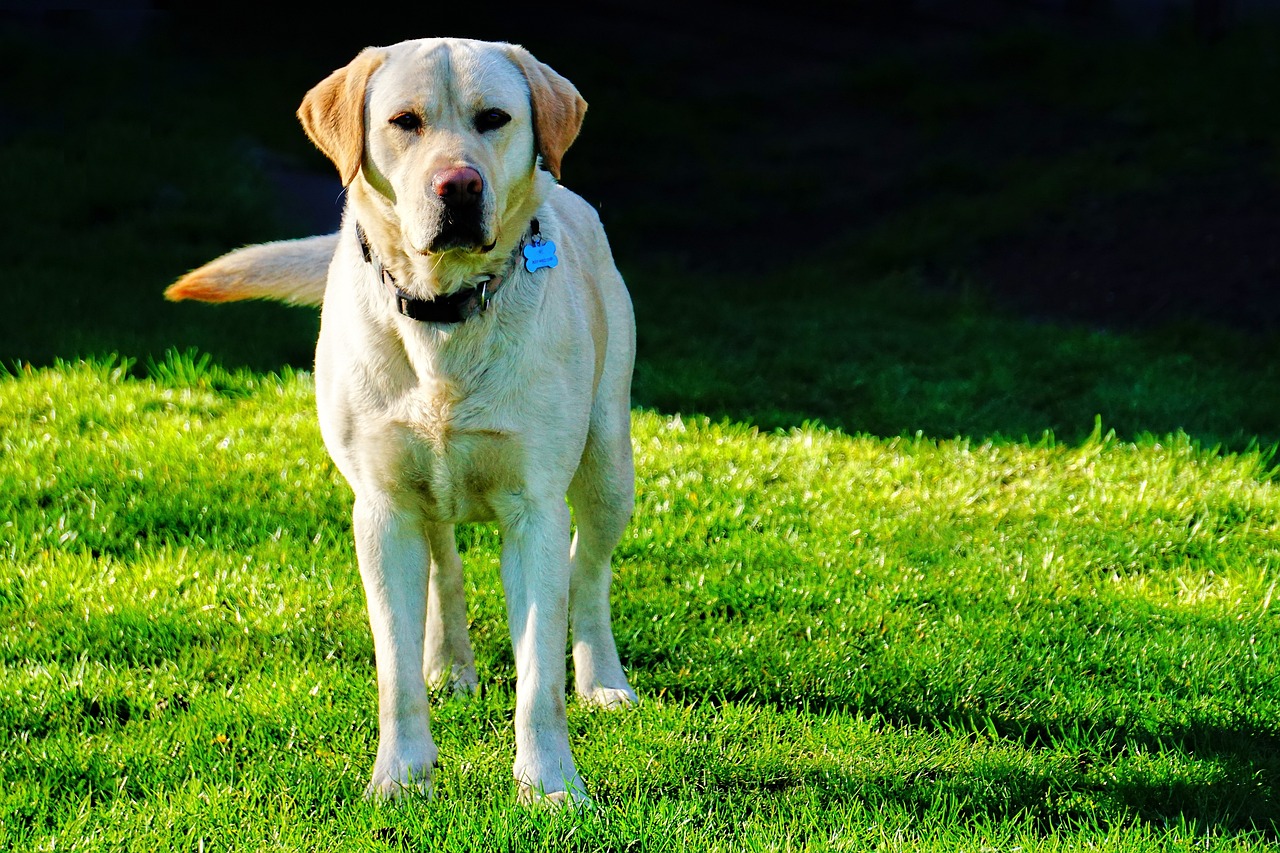
9. Boxer
Boxers are energetic and playful dogs that may turn to escape as a way to release energy or satisfy curiosity. They are quite agile and can jump high, making standard fences sometimes inadequate. Boxers are also known to be quite determined when they set their mind to something, including escaping. Providing ample exercise and a secure, high fence is crucial for keeping a Boxer safely contained.

10. Whippet
Whippets, like Greyhounds, have a strong prey drive and are incredibly fast runners. Their slender build allows them to squeeze through small gaps, and they can jump higher than one might expect. A Whippet might decide to escape if they see something interesting to chase or if they’re left alone for too long. Secure fencing and supervision during outdoor time are essential to prevent these swift dogs from making a quick getaway.
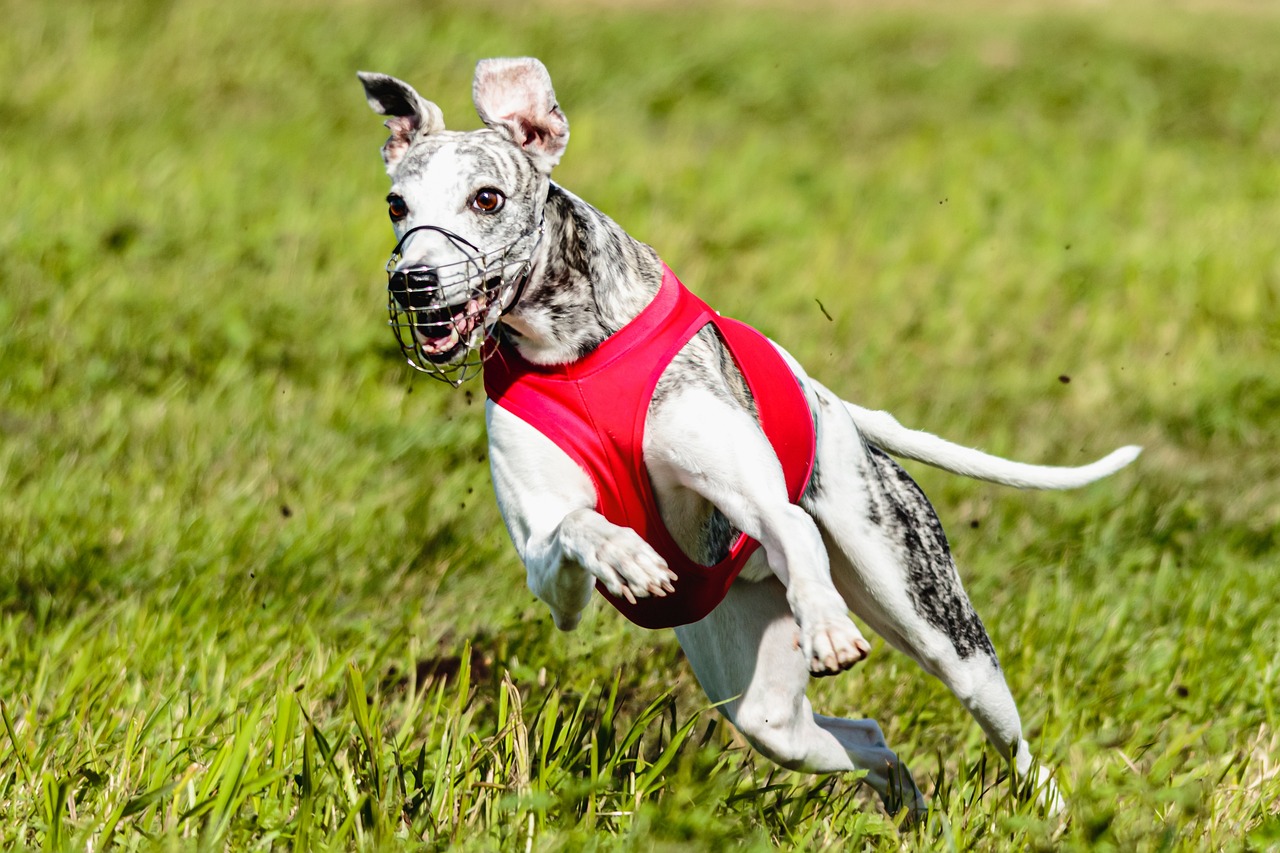
Each of these dog breeds, with their unique traits and instincts, poses a unique challenge when it comes to containment. From the high-flying agility of the Border Collie to the determined digging of a Beagle, understanding and catering to their specific needs is crucial. Providing adequate physical and mental stimulation, along with secure and safe environments, can help curb the escape artist tendencies of these adventurous breeds.




